Foam Mattress and Breathing Problems: What You Need to Know
If you suffer from breathing problems, you know how important it is to find a comfortable and supportive mattress for a good night's sleep. Foam mattresses have become a popular choice in recent years, but can they worsen breathing issues? In this article, we'll explore the link between foam mattresses and breathing problems and provide tips on how to choose the best foam mattress for your needs.
How to Choose the Best Foam Mattress for Breathing Problems
When shopping for a foam mattress, pay attention to the materials used. Look for options that are CertiPUR-US certified, meaning they are made without harmful chemicals and have low VOC emissions. This is especially important if you have respiratory issues.
You should also consider the type of foam used in the mattress. Memory foam is known for its contouring and pressure-relieving properties, but it can also trap heat and potentially exacerbate breathing problems. If you tend to sleep hot, look for a mattress with gel-infused or plant-based memory foam, which can help regulate temperature.
Latex foam is another popular option for its natural and breathable properties. However, if you have a latex allergy, you should avoid this type of foam.
The Link Between Foam Mattresses and Breathing Issues
There is a common misconception that foam mattresses can worsen breathing problems due to off-gassing, or the release of chemical odors. While this may have been true for older foam mattresses, most modern options are made with safer materials and have low VOC emissions. However, if you have a sensitivity to certain chemicals, it's still important to check the materials used in the mattress and look for low VOC options.
Another factor to consider is the firmness level of the mattress. A too-soft mattress can cause your body to sink in, making it harder to breathe. On the other hand, a too-firm mattress can put pressure on your chest and make it difficult to expand your lungs fully. Finding the right balance is key, and many foam mattresses come in different firmness levels to suit different needs.
Tips for Sleeping Better on a Foam Mattress with Breathing Problems
If you're experiencing breathing issues on your foam mattress, there are a few things you can do to improve your sleep quality. First and foremost, make sure you're sleeping in a well-ventilated room. This will help reduce any potential off-gassing and keep the air fresh.
You can also try using a mattress topper to provide an extra layer of cushioning and support. Look for a topper made with breathable materials, such as cotton or wool, to help regulate your body temperature while you sleep.
Another tip is to sleep on your side instead of your back. This can help open up your airways and make breathing easier. Additionally, consider using a wedge pillow to elevate your head and chest, which can also help with breathing.
Understanding the Different Types of Foam Mattresses for Breathing Problems
As mentioned earlier, there are different types of foam used in mattresses, each with its own benefits and considerations for those with breathing issues. Memory foam is known for its pressure-relieving properties, but it can retain heat. Latex foam is natural and breathable, but may not be suitable for those with allergies. High-density foam is supportive and durable, but can also trap heat. It's important to understand the pros and cons of each type and choose one that best suits your needs.
How to Alleviate Breathing Problems with a Foam Mattress Topper
If you already have a foam mattress and are experiencing breathing problems, a mattress topper can be a cost-effective solution. Look for a topper made with breathable materials and a medium level of firmness. This can help provide additional support and comfort while also promoting airflow.
You can also consider using a hypoallergenic mattress protector to help reduce any potential irritants and keep your mattress clean.
The Benefits of Memory Foam Mattresses for Breathing Problems
Despite the concerns about heat retention, memory foam mattresses can actually be beneficial for those with breathing problems. The contouring and pressure-relieving properties of memory foam can help alleviate pain and discomfort, allowing for a deeper and more restful sleep. Additionally, newer memory foam mattresses are made with cooling technologies that help regulate temperature.
Just make sure to choose a high-quality memory foam mattress with safe materials and low VOC emissions to avoid any potential issues.
Common Misconceptions About Foam Mattresses and Breathing Problems
There are many myths and misconceptions about foam mattresses and their impact on breathing problems. As mentioned earlier, most modern foam mattresses are made with safe materials and have low VOC emissions, making them a suitable option for those with respiratory issues. Additionally, foam mattresses can actually provide a more comfortable and supportive sleep surface for those with chronic pain or injuries, allowing for better breathing and overall health.
How to Properly Care for Your Foam Mattress to Reduce Breathing Problems
To ensure your foam mattress remains in top condition and doesn't contribute to any breathing issues, it's important to properly care for it. This includes regularly rotating the mattress, keeping it clean and protected with a mattress cover, and following the manufacturer's instructions for maintenance and cleaning. This will help prevent any buildup of allergens or irritants and keep your mattress in good shape for years to come.
Finding the Right Firmness Level for Your Foam Mattress to Help with Breathing Problems
As mentioned earlier, finding the right firmness level for your foam mattress is crucial for alleviating breathing problems. While medium-firm is often recommended for proper support and comfort, everyone's needs are different. Some may prefer a softer or firmer feel. It's important to try out different firmness levels and choose one that feels most comfortable and supportive for your body.
In conclusion, foam mattresses can be a suitable and comfortable choice for those with breathing problems. By choosing a high-quality, CertiPUR-US certified mattress with safe materials and proper firmness level, and taking care of it properly, you can enjoy a good night's sleep without worrying about any potential breathing issues.
The Importance of Choosing the Right Mattress: Exploring Foam Mattress Breathing Problems

Introduction
 When it comes to designing our homes, we often focus on aesthetics and functionality, but one crucial aspect is often overlooked – our
mattresses
. As we spend a significant portion of our lives in bed, it is essential to choose a mattress that not only provides comfort but also promotes good health. In recent years,
foam mattresses
have gained popularity due to their ability to contour to our body's shape, providing optimal support and comfort. However, there have been concerns about
foam mattress breathing problems
and their potential health risks. In this article, we will delve into this topic and explore the importance of choosing the right mattress for our overall well-being.
When it comes to designing our homes, we often focus on aesthetics and functionality, but one crucial aspect is often overlooked – our
mattresses
. As we spend a significant portion of our lives in bed, it is essential to choose a mattress that not only provides comfort but also promotes good health. In recent years,
foam mattresses
have gained popularity due to their ability to contour to our body's shape, providing optimal support and comfort. However, there have been concerns about
foam mattress breathing problems
and their potential health risks. In this article, we will delve into this topic and explore the importance of choosing the right mattress for our overall well-being.
The Rise of Foam Mattresses
 Foam mattresses, also known as memory foam mattresses, were first developed by NASA in the 1970s to provide cushioning for astronauts during lift-off. It was later introduced to the public in the 1990s and has since become a popular choice for many households. The foam material used in these mattresses is designed to conform to the body's shape, providing support and relieving pressure points. This unique feature has made foam mattresses a top choice for individuals with back pain or other physical ailments.
Foam mattresses, also known as memory foam mattresses, were first developed by NASA in the 1970s to provide cushioning for astronauts during lift-off. It was later introduced to the public in the 1990s and has since become a popular choice for many households. The foam material used in these mattresses is designed to conform to the body's shape, providing support and relieving pressure points. This unique feature has made foam mattresses a top choice for individuals with back pain or other physical ailments.
The Health Concerns of Foam Mattresses
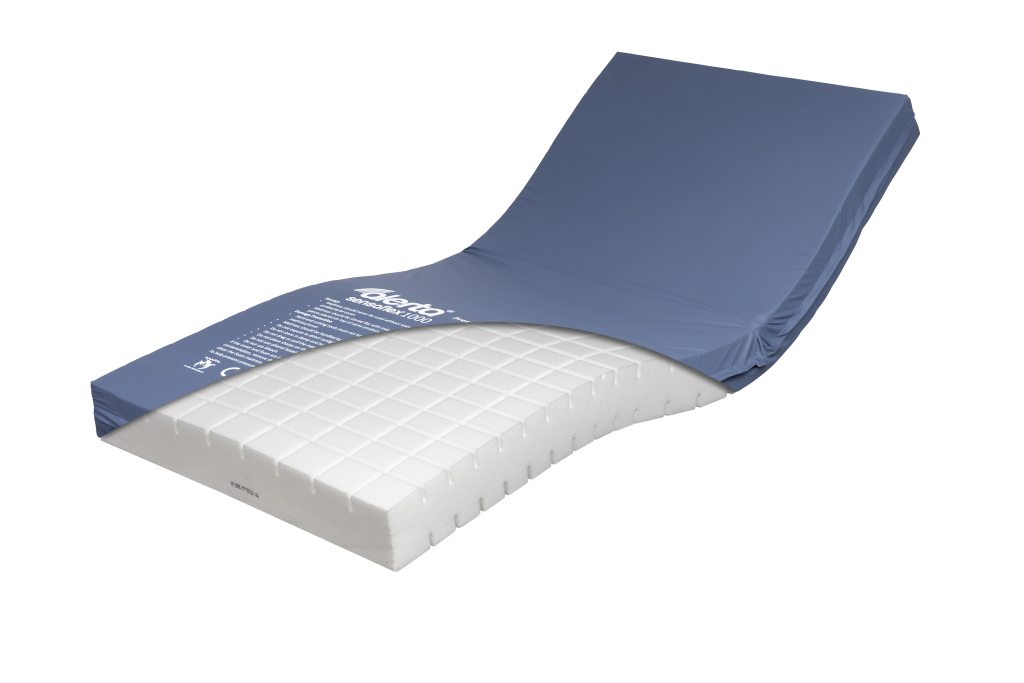 Despite the numerous benefits of foam mattresses, there have been concerns about
breathing problems
associated with them. The main culprit is a chemical called
polyurethane foam
, which is used to make the foam material in mattresses. Polyurethane foam is known to emit volatile organic compounds (VOCs), including formaldehyde, which can cause respiratory issues and irritation to the eyes, nose, and throat. These emissions are particularly high when the mattress is new, and the foam is still off-gassing.
Despite the numerous benefits of foam mattresses, there have been concerns about
breathing problems
associated with them. The main culprit is a chemical called
polyurethane foam
, which is used to make the foam material in mattresses. Polyurethane foam is known to emit volatile organic compounds (VOCs), including formaldehyde, which can cause respiratory issues and irritation to the eyes, nose, and throat. These emissions are particularly high when the mattress is new, and the foam is still off-gassing.
Choosing the Right Mattress for Your Health
 While
foam mattresses
may offer excellent comfort and support, it is crucial to consider the potential health risks before making a purchase. Fortunately, there are ways to mitigate these concerns. One option is to choose a
certified organic foam mattress
, which uses natural materials and does not emit harmful chemicals. Another option is to look for
VOC-free foam mattresses
or those with low VOC emissions. Additionally, airing out the mattress in a well-ventilated area for a few days before use can also help reduce the emission of harmful chemicals.
While
foam mattresses
may offer excellent comfort and support, it is crucial to consider the potential health risks before making a purchase. Fortunately, there are ways to mitigate these concerns. One option is to choose a
certified organic foam mattress
, which uses natural materials and does not emit harmful chemicals. Another option is to look for
VOC-free foam mattresses
or those with low VOC emissions. Additionally, airing out the mattress in a well-ventilated area for a few days before use can also help reduce the emission of harmful chemicals.
In Conclusion
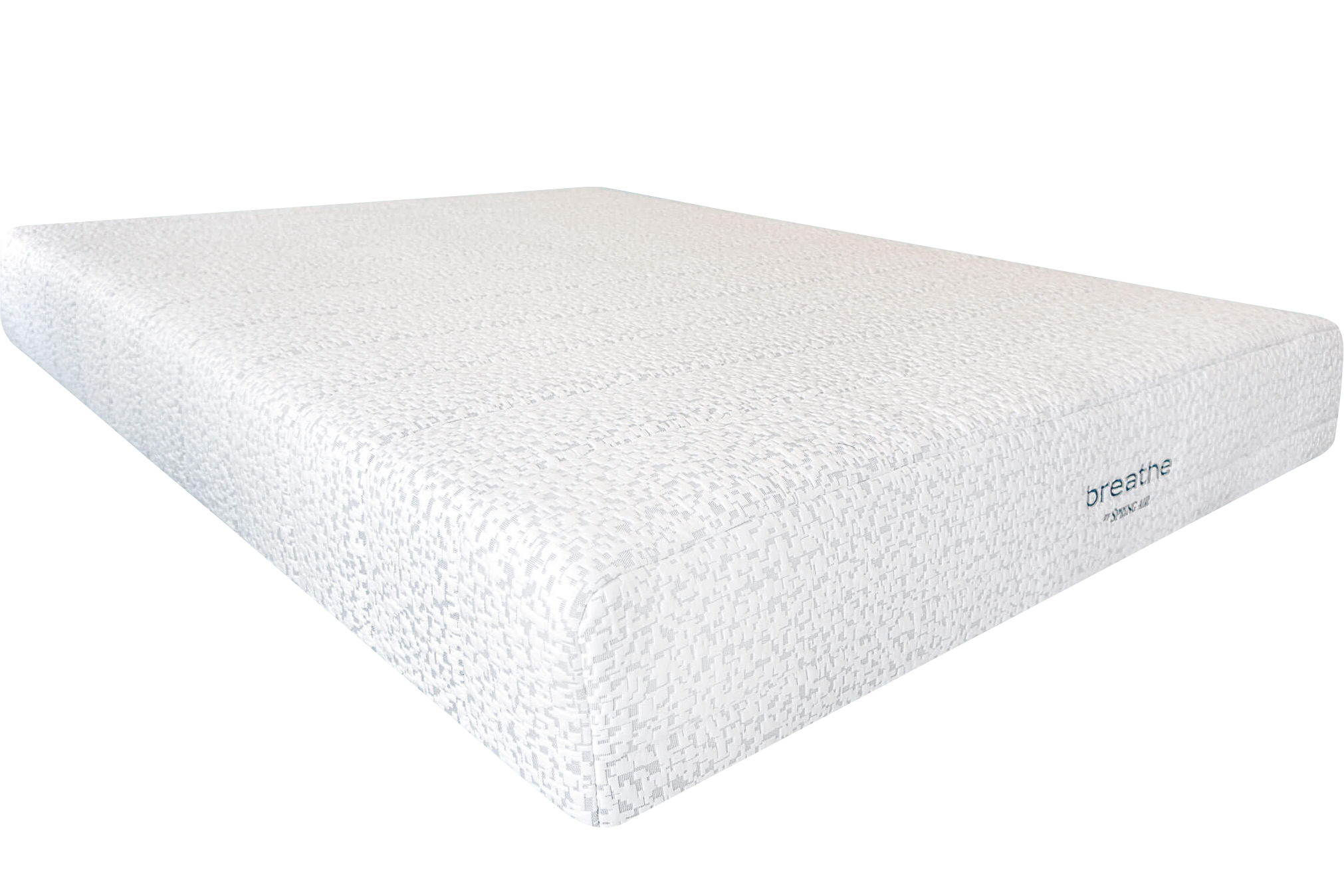 In conclusion, while foam mattresses may offer excellent comfort and support, it is essential to consider the potential health risks associated with them.
Foam mattress breathing problems
can be a cause for concern, but with proper research and precautions, we can still enjoy the benefits of a foam mattress without compromising our health. Remember to prioritize your health when choosing a mattress, as it plays a significant role in our overall well-being.
In conclusion, while foam mattresses may offer excellent comfort and support, it is essential to consider the potential health risks associated with them.
Foam mattress breathing problems
can be a cause for concern, but with proper research and precautions, we can still enjoy the benefits of a foam mattress without compromising our health. Remember to prioritize your health when choosing a mattress, as it plays a significant role in our overall well-being.






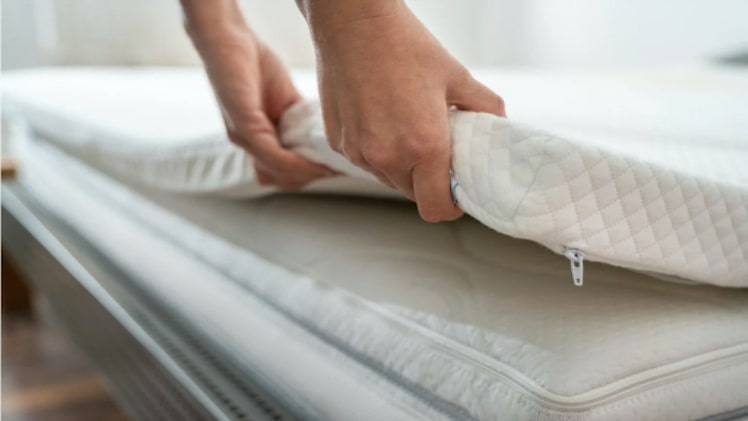










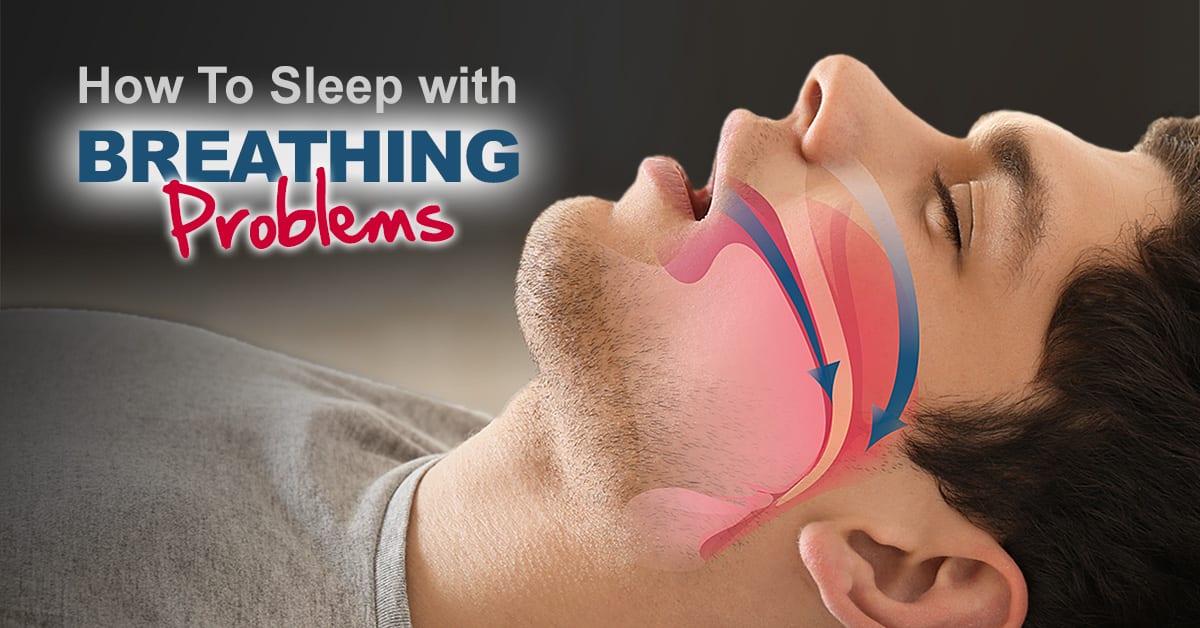







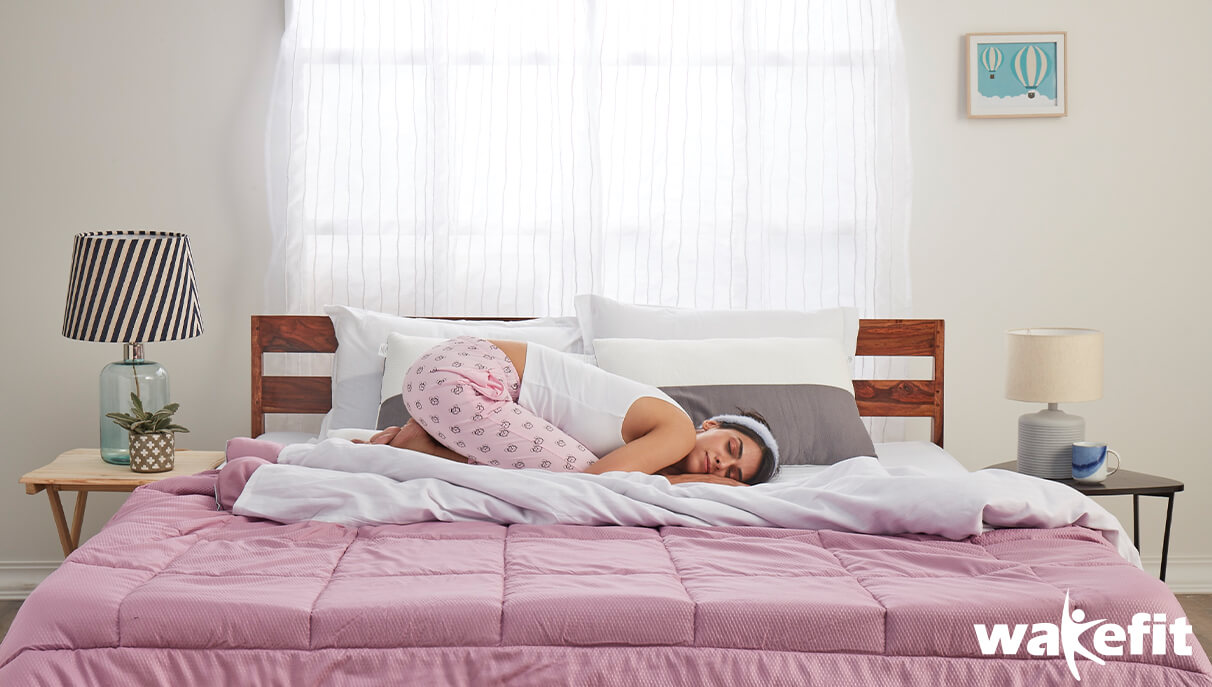
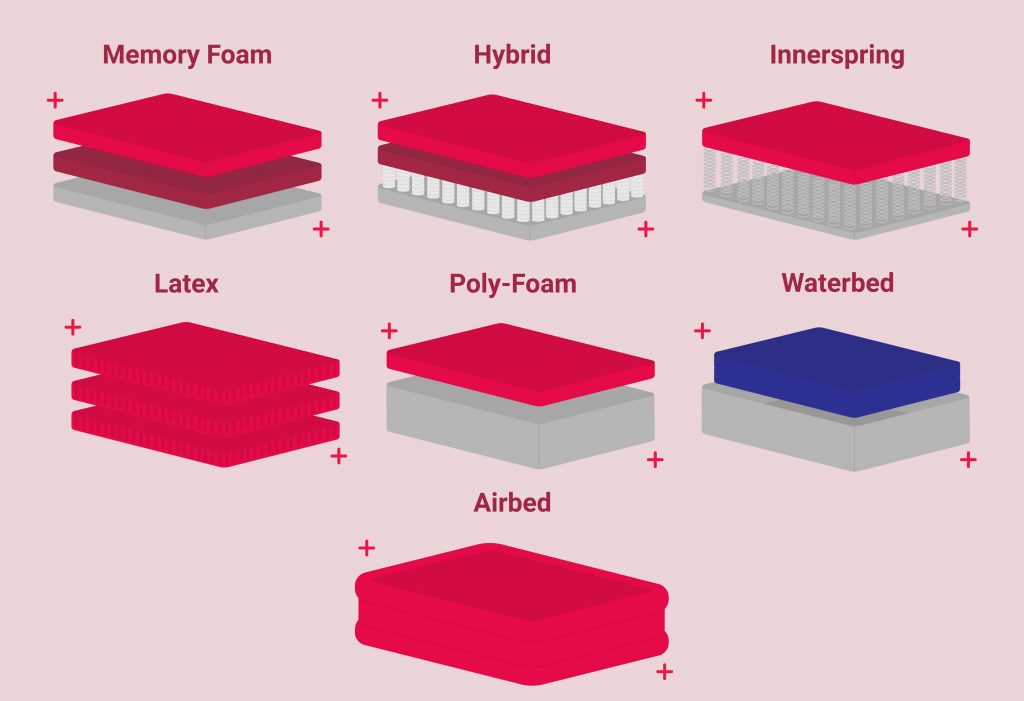


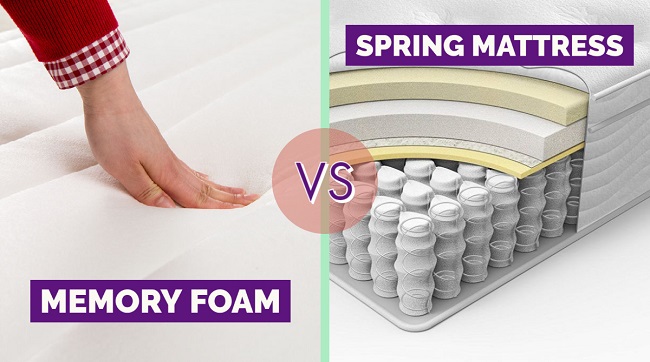

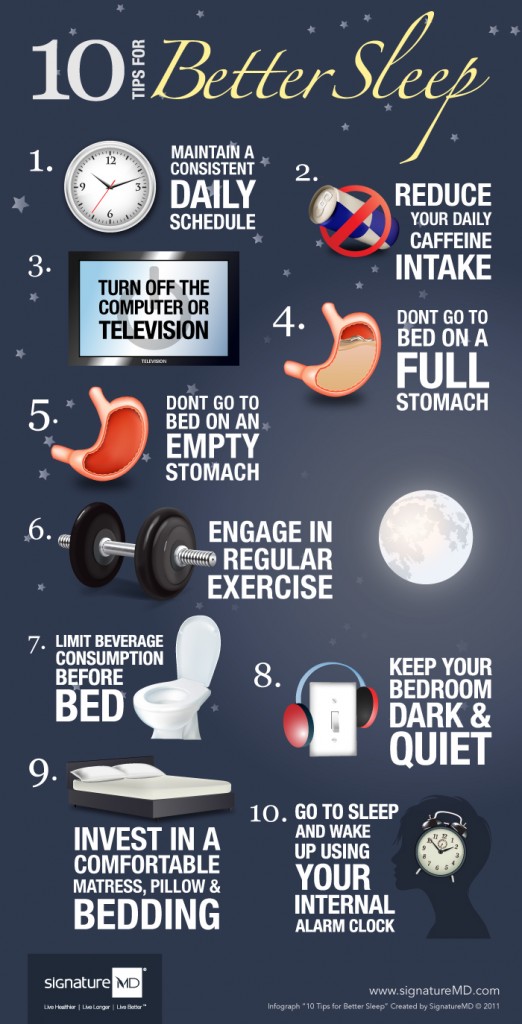
















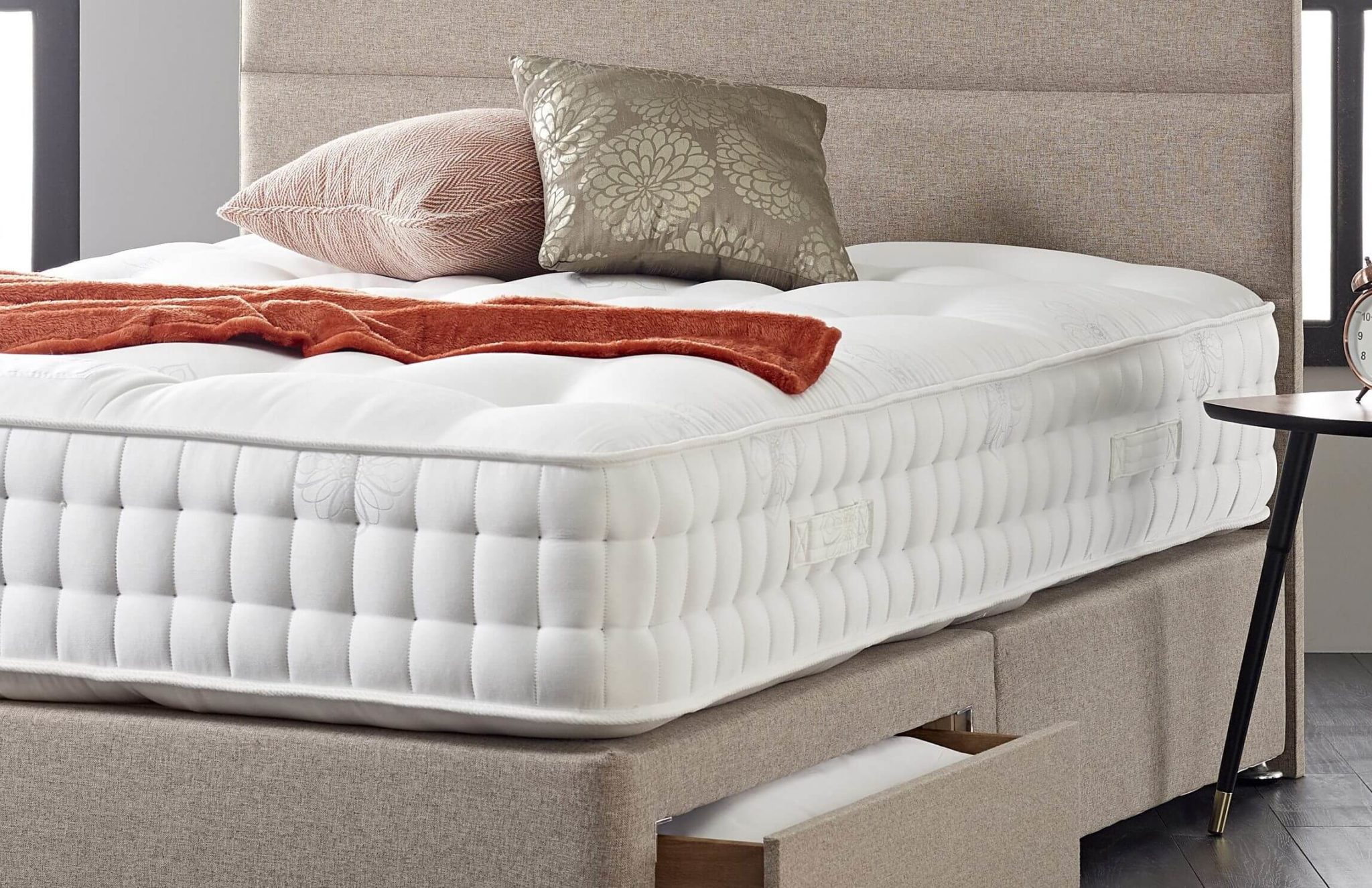















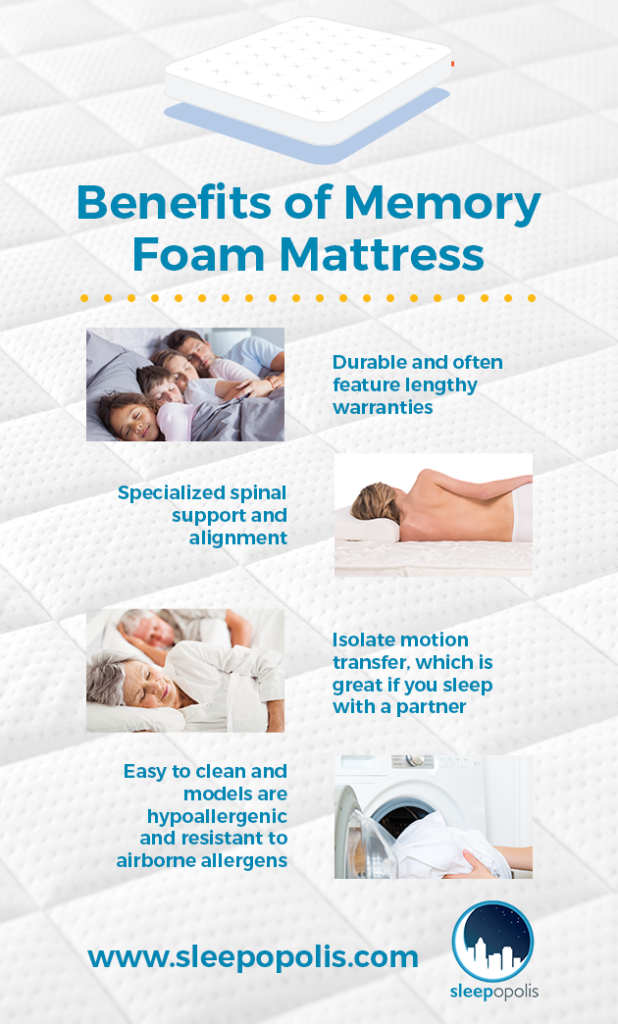

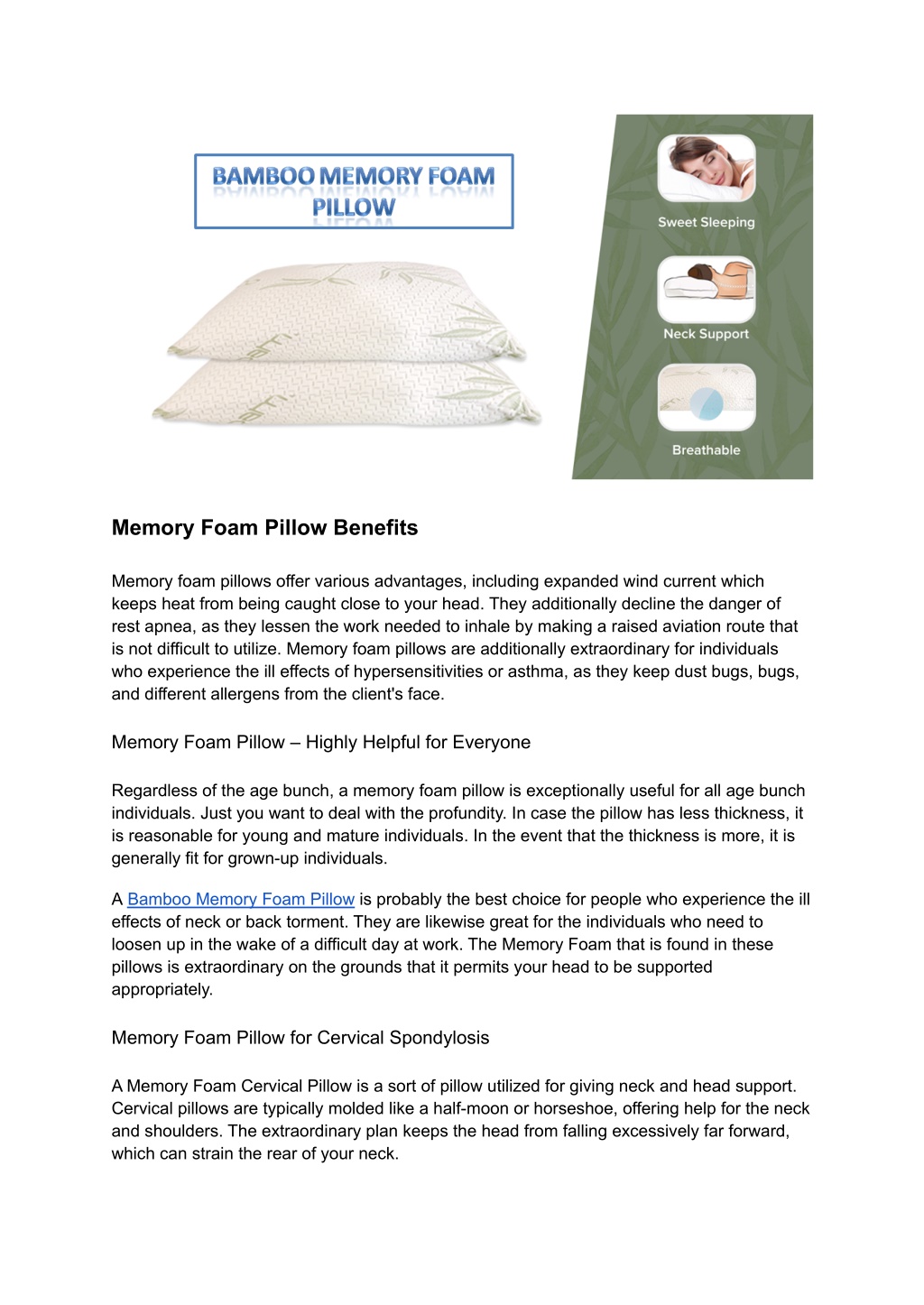


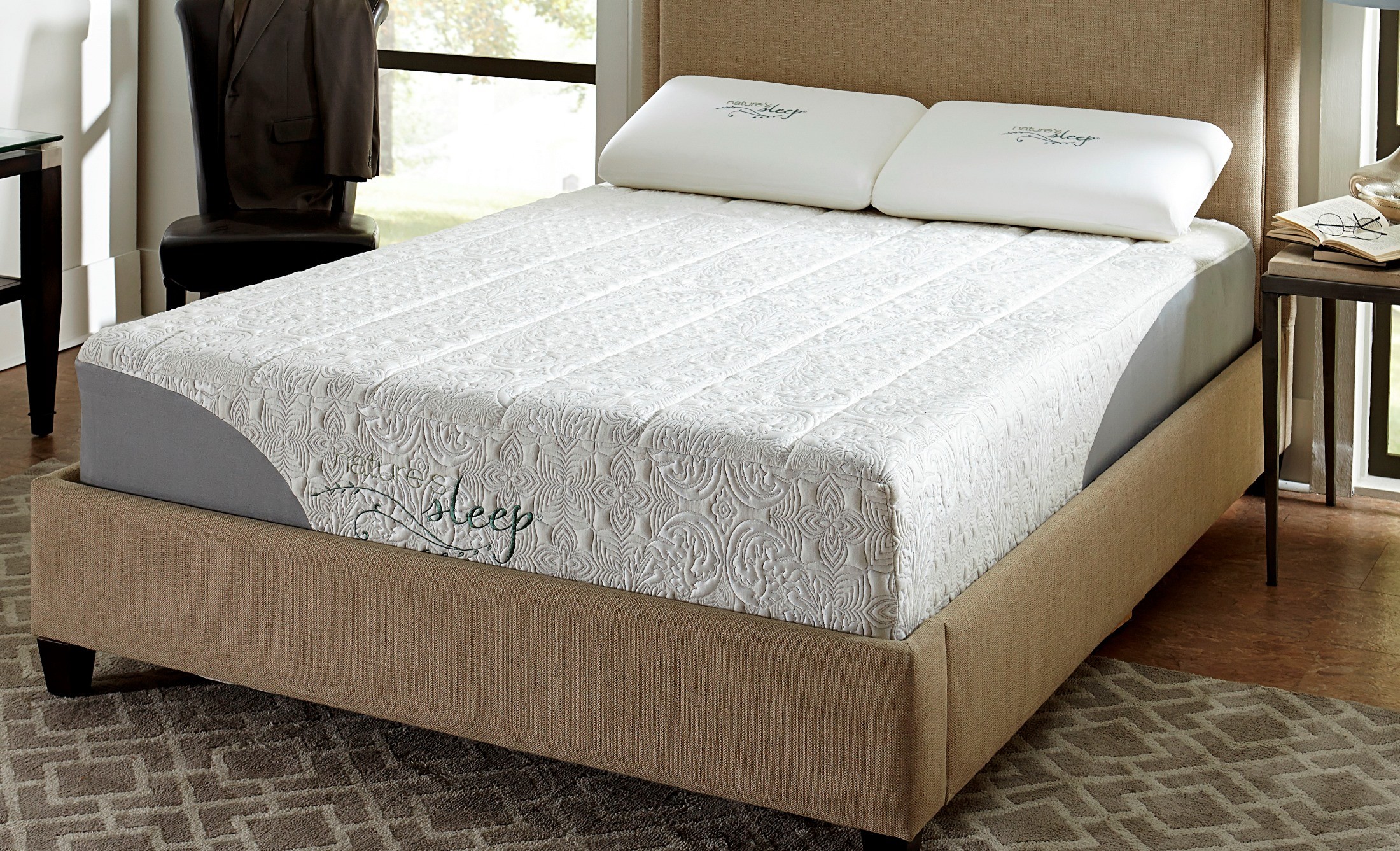
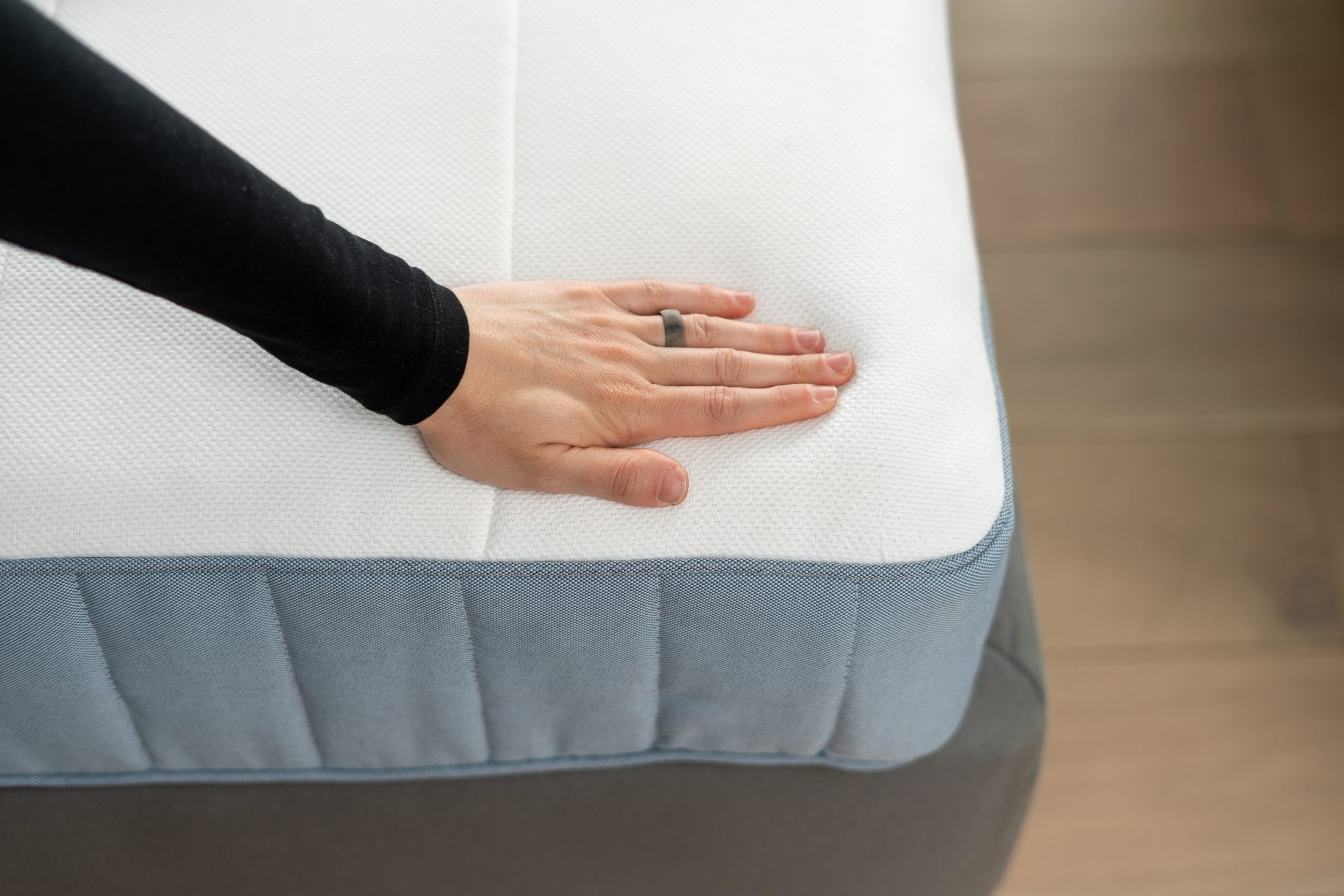




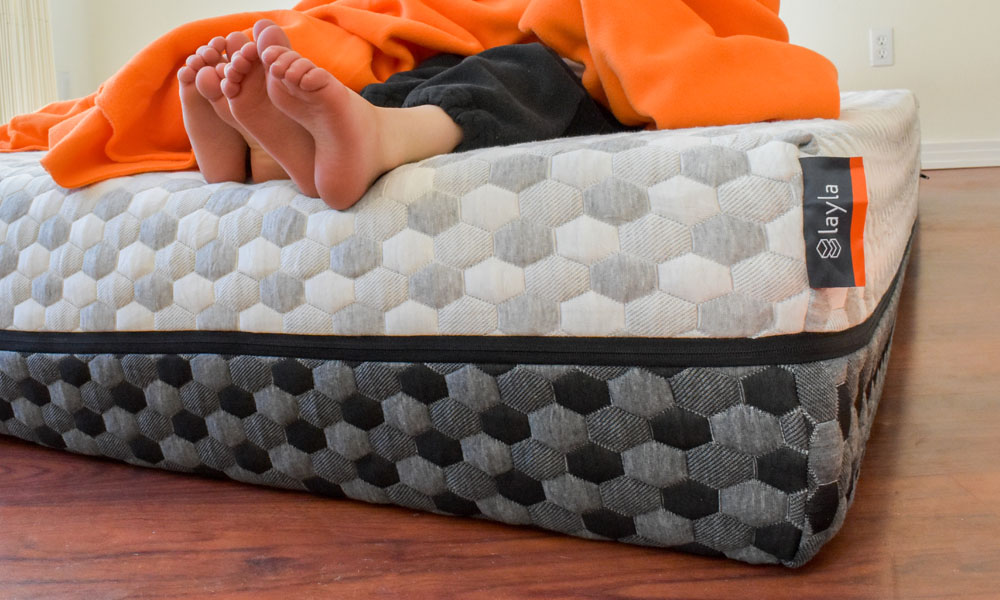






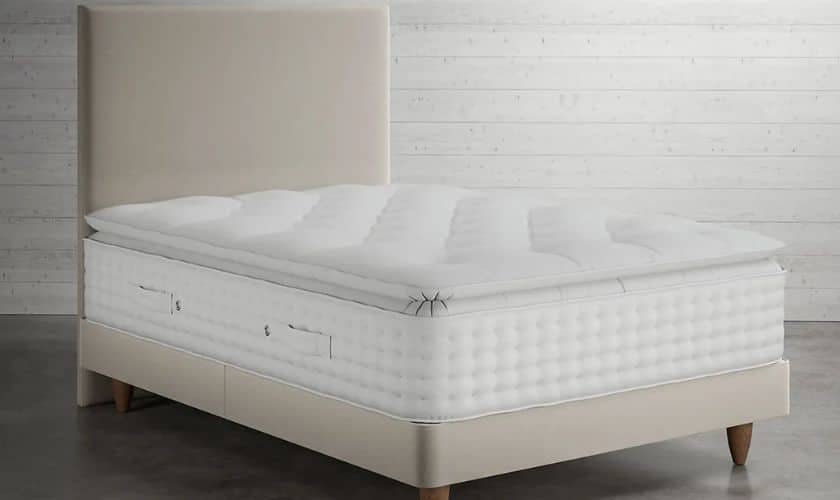


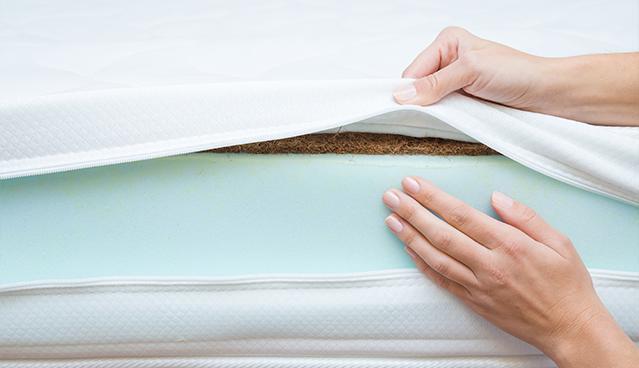






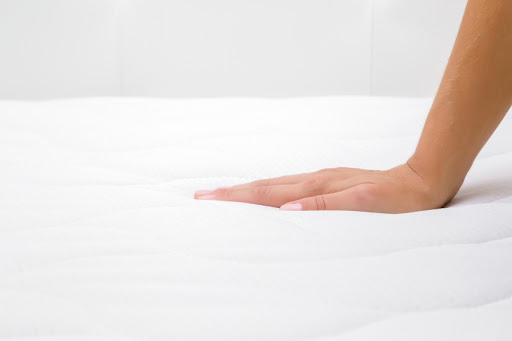


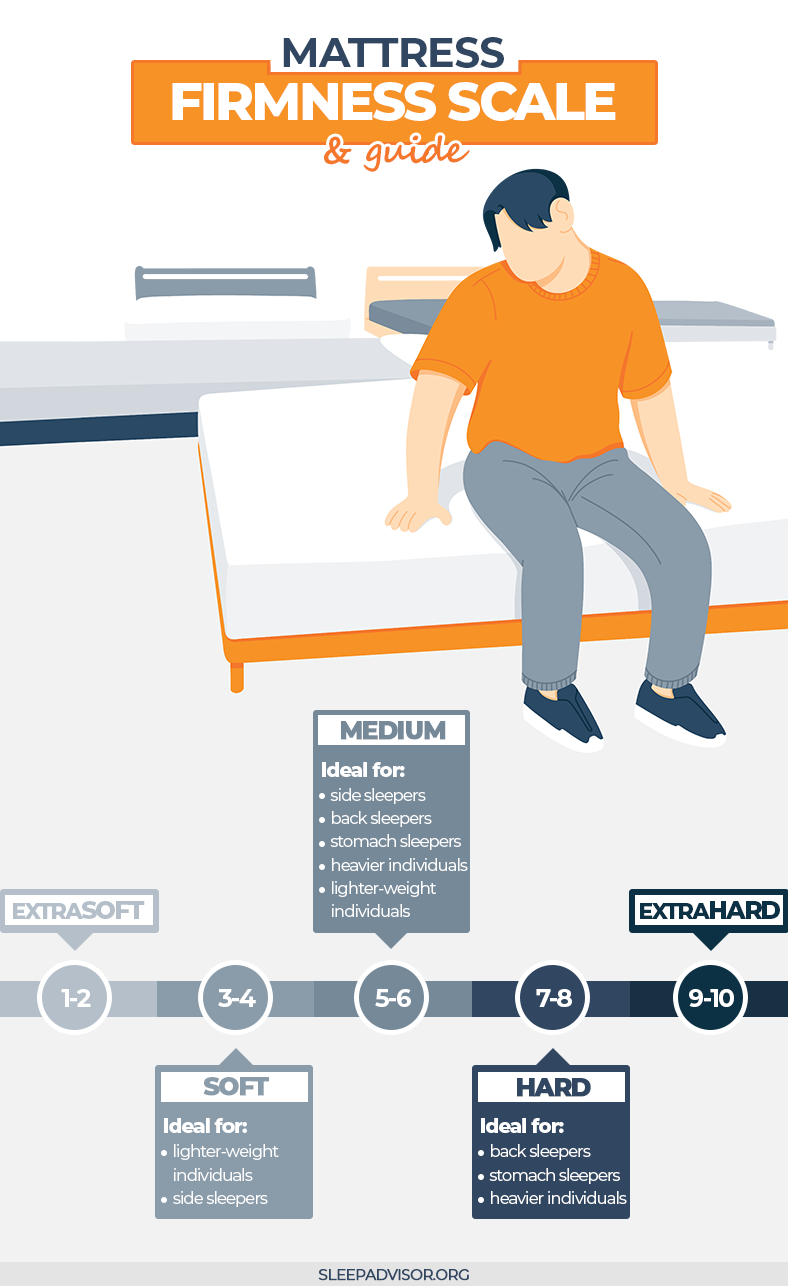


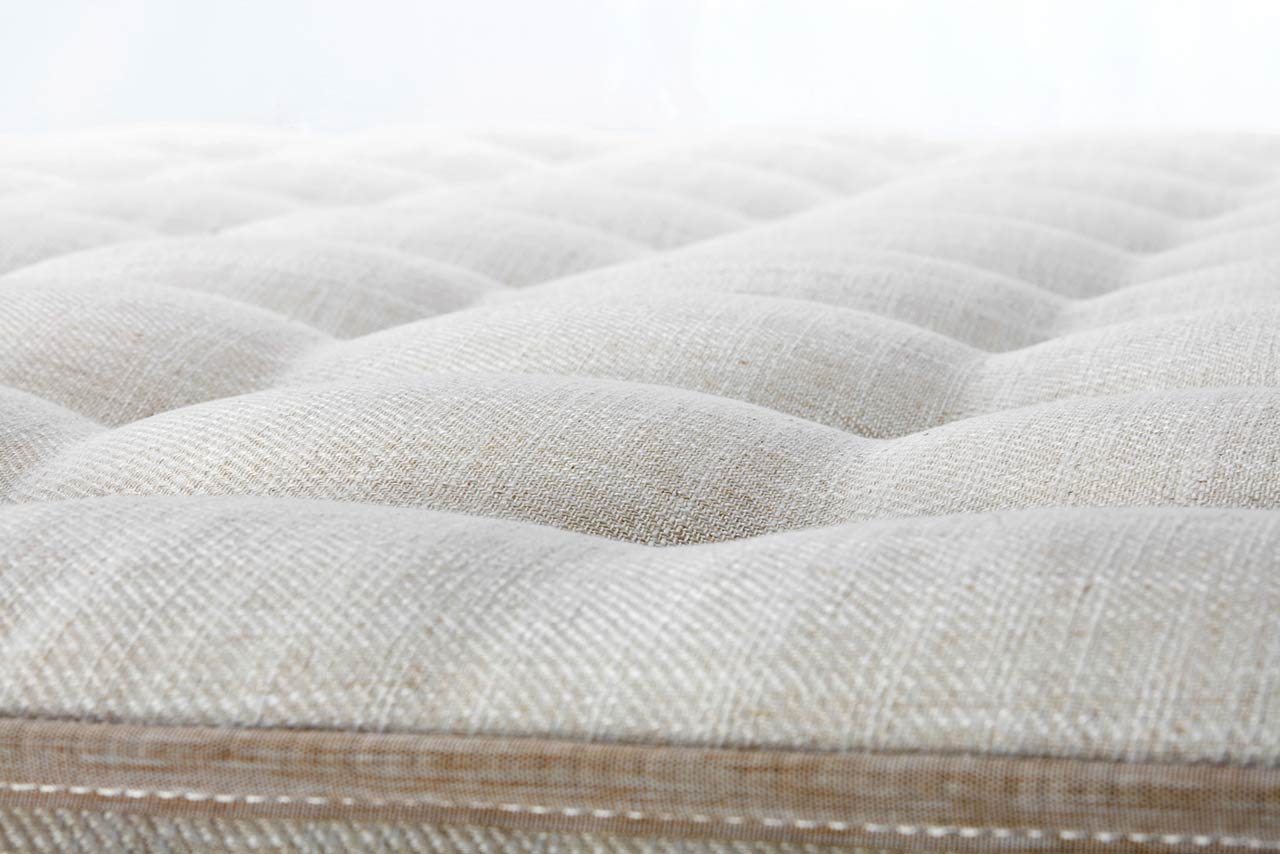
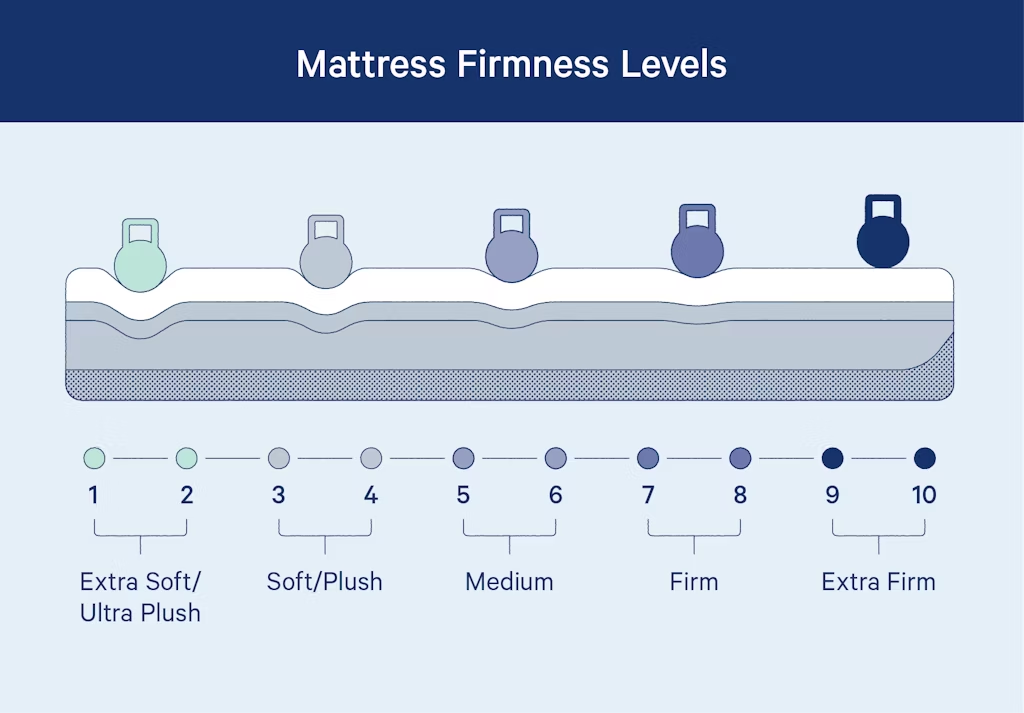

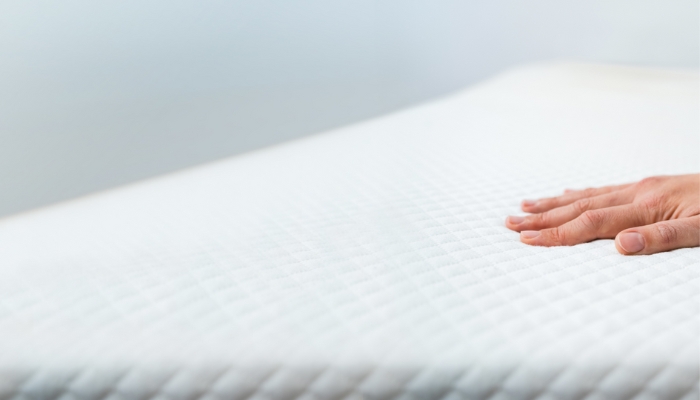





:strip_icc()/bhg-white-living-room-fireplace-windows-8R6A8763HDREdit-ef59923c29c44846be6acd0becc03492.jpg)


